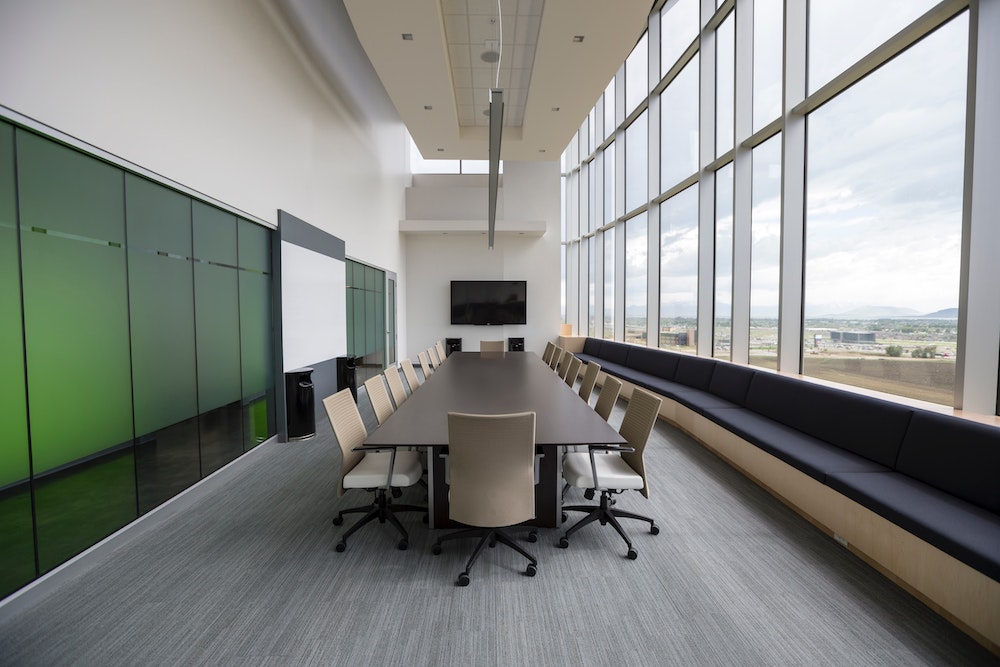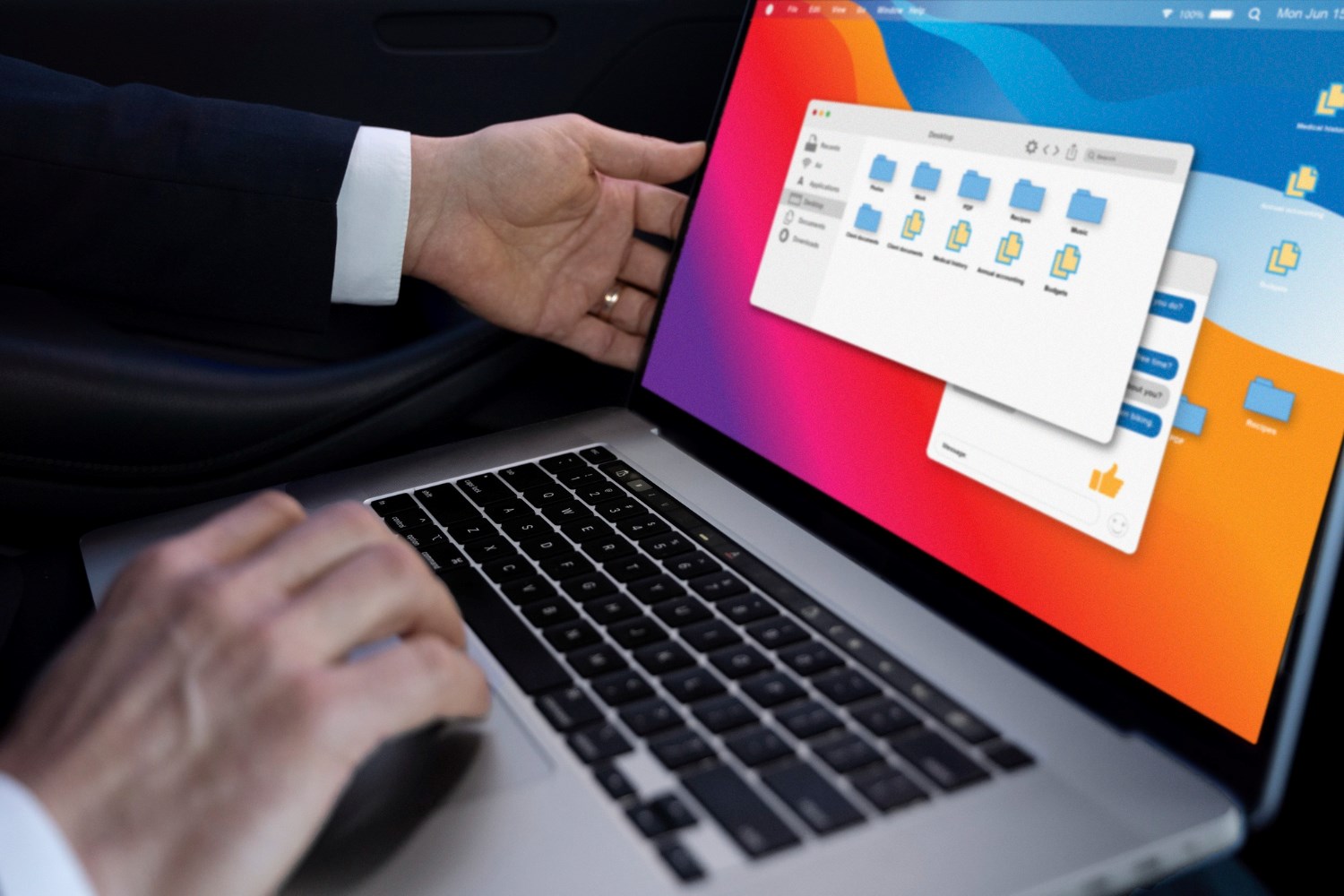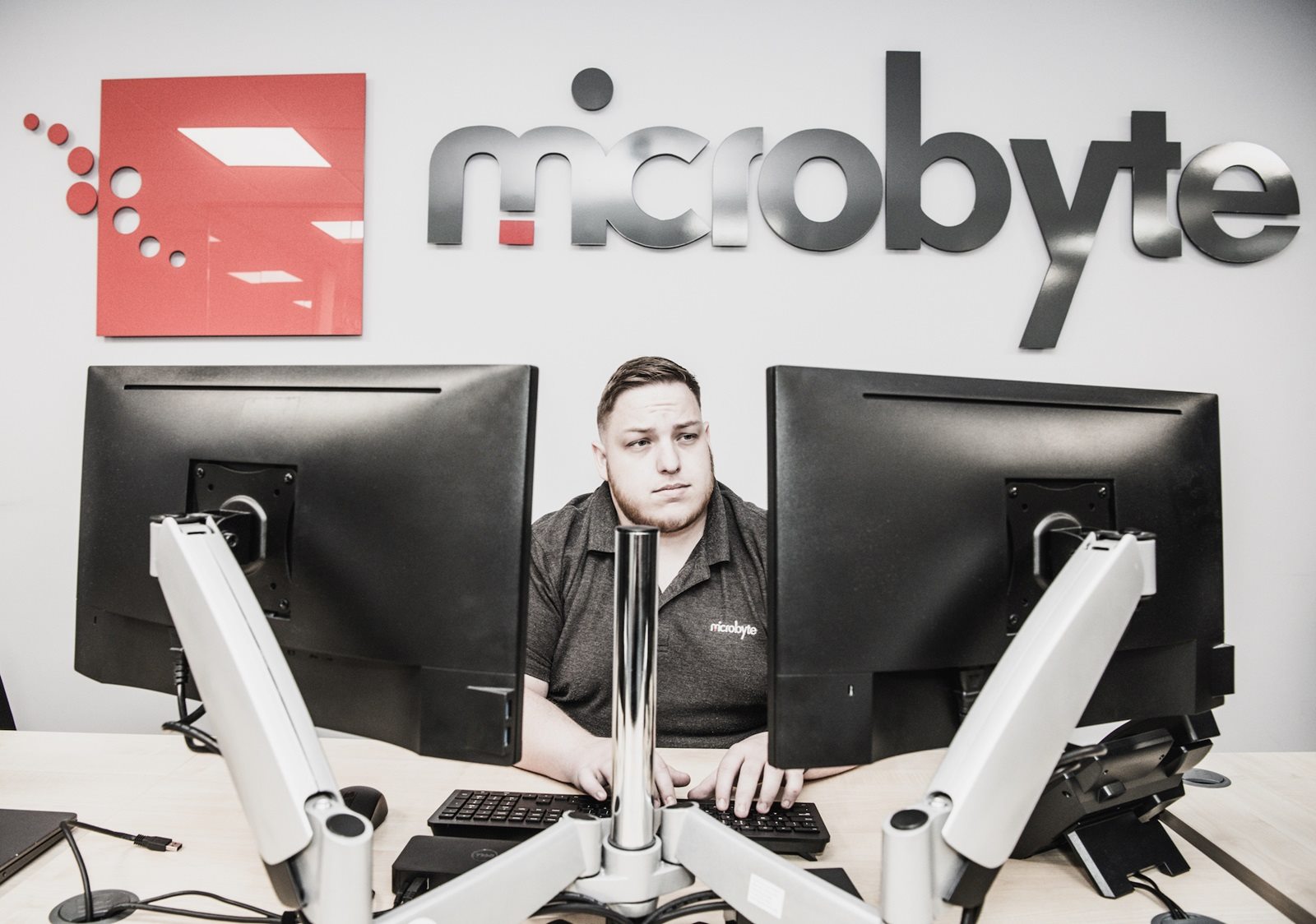
You may have missed your office during lockdown, but how much do you need it?
Working without an office was all well and good at the beginning of lockdown. We swapped rush-hour traffic jams and the heady scent of public transport for more time in our pyjamas. But as so many SMEs face a tough road ahead, it’s time to take a serious look at the cost-benefit of offices altogether.
A big wake-up call
The rise of home- and café-based working predates the pandemic, but coronavirus was a sharp wake-up call to those who’d been reticent to move away from the traditional office-based model. Those who’d put off remote solutions were now racing against the clock to order employee laptops, virtual workspaces and telecoms packages.
The last few years has already seen a shift towards pay-per-desk office spaces and full-time remote positions at forward-thinking companies such as Basecamp. Software industries in particular have always been ahead of the game and the remote job site Working Nomads lists over 10,000 developer roles. Certain sectors or job roles might lend themselves more to full remote models, but if businesses can last over three months without an office, we have to wonder if we even need them. Or if there’s a new path entirely, what will it look like?
Office expense
On the face of it, remote working might be a cheaper option. In the UK, rented office spaces range from £150 to £1500 per employee per month. This of course depends on the area and amenities but it’s still a significant cost. Even at the bottom end of that scale, that’s £18,000 a year for 10 employees. A private members’ club in London will set you back about the same amount – and they come with gyms and cinemas.
Many global businesses have benefitted from remote working for years, not necessarily for cost but for the value of productivity and flexibility. If India’s speaking to the UK, you can’t expect someone to get to the office late or early to start a call. Or if a parent needs to pick up their children in the afternoon, you’ll want them to be able to log back on later when the kids are in bed. A little flexibility gets you productivity and loyalty.
Businesses who had this model in place were able to operate smoothly from the get-go. Some have already committed to no-return-to-office until the new year rather than face the cost of altering physical spaces for tens of thousands of workers. Savings on physical office space could also be redirected to ameliorating the remote experience for employees. Diverting investment from the office to the home could have a huge impact on employees with disabilities and health needs in particular.

Company culture
For small and medium businesses, coronavirus provided an opportunity to see remote working in action and to test common concerns over productivity, teamwork and communication. With the economic hit that the pandemic’s brought, it’s hard to get a like-for-like comparison but there’s enough for business owners to work with to see how they can move forward. And it’s definitely not a case of one-size-fits-all. It’s not even one-size-fits-one-sector.
Working from home is about your business culture. You might want people in the office from 9-5 and that’s the deal, like it or lump it. Or you might overlook Bob taking a nap at 3pm because you know he’ll also be online at 9pm when you have an emergency. Or you might work with each individual to find out exactly how they work best and find a flexible approach.
Working-from-home days used to be a sign that you’d moved up the ladder and could be trusted to work independently. You used to earn your days at home like you did holiday, but lockdown gave us an alternative: be idle and lose your mind or be grateful for your job and work hard. We think, even in these trying circumstances, most people chose the latter.
More than words
What we used to call working from home has fast become ‘living where you work’. Many workers feel like they left their sanity in the office as the lines between work and life blurred into Groundhog Day. This is where the office traditionally provides a much-needed change of scenery, not to mention a space for effective communication.
In the office, we can interact with our teams in a far more human way, offering encouragement and support without emojis. After all, communication is more than just words and messages. A reassuring smile or a (sanitised) high five is far easier in person. We bond better in person too, and foster mutual empathy, which in turn makes you more likely to work harder to help out a colleague. While the human element is just one pro against several cons, it’s one hell of a big pro.
There’s a lot to be said for having an office, but that doesn’t mean things won’t change…
Bye-bye to the office?
We don’t think it’s the end of the office, but we do think lockdown has opened business owners’ eyes. Not just to how they can function at an operational level, but how much they can trust their staff. Most of us want to do a good job. We want to give tasks our best and get a pat on the back (or a thumbs up on Teams) for a productive day.
Ultimately, you know your team. Some people might thrive on just one day a week in office. Others might need that real-life face-to-face pep talk every morning or even a boss breathing down their neck to stay motivated. Those without commutes might have found themselves more energised and productive during the working day.
We’re all different and if nothing else, lockdown has proved that not everyone thinks working from is a reward or a way to skive off.
What’s next?
The coming months and years will likely see us forging a new path towards a flexi-remote model. Once the threat of the virus has subsided, we’ll see offices used in more creative ways, maybe even adapting for employees who struggle with a 9-5 but still need an office to go to. We’ll invest more in home-office setups and technology and even reduce desk space in favour of meeting rooms or recreational areas.
These three months have helped us get to know ourselves and our businesses better, and we now have the perfect opportunity to be more open and honest than ever before about how and when we work. Office or no office.
On the ‘100% Office’ to ‘Fully Remote’ scale, our LinkedIn poll showed people still wanted an office.
We can help your business work from home – or anywhere in the world if you can get there. Drop us a line to find out more.





